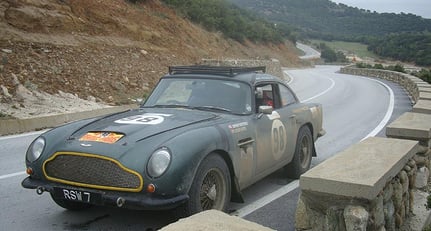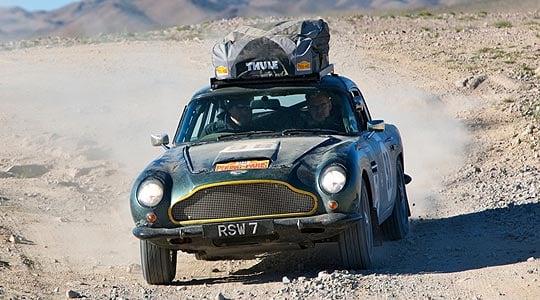
After 37 days and close to 10,000 miles, the 2010 Peking to Paris rally ended on Saturday 16 October with a parade through the streets of Paris.
Among the 98 cars which left Peking on the 10 September was Adrian Gosden's Aston Martin DB5. Co-driven by fellow Brit Andrew Honychurch, the classic GT was carrying Classic Driver stickers and the support of the envious editorial team. The noble Aston held up through all the hardships to finally finish 3rd in class (and, in fact, 3rd overall – though such rankings are not officially given).
“You don’t know what to expect when you embark on something like this,” Andrew Honychurch told us, just a few days after the finish of the rally. “A lot is said about the severity of the terrain – Mongolia, in particular – but until you experience it, the conditions are hard to imagine.”
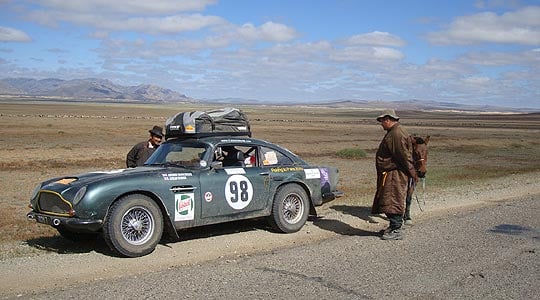
From China, the rally route led through Mongolia, then briefly into Russia before turning southwest into Kazakstan, Uzbekistan, and Turkmenistan.
“The Mongolian ‘roads’ are little more than nomadic tracks, and you can drive for a day without seeing another living soul,” Andrew continues. “Some areas had suffered flooding similar to Pakistan and there we were, rallying at ‘very reasonable speeds’ over rough roads, hitting rocks with some force. We had a week of this, with five nights camping out, when the temperatures dropped to minus 12 – at which point we discovered that our sleeping bags were rated only down to freezing. We’d often pass another competitor, broken down and waiting for the ‘sweeper crew’ to rescue them and – if possible – get them back on the road. I’d be the first to admit that a lot of our success can be put down to good luck.”
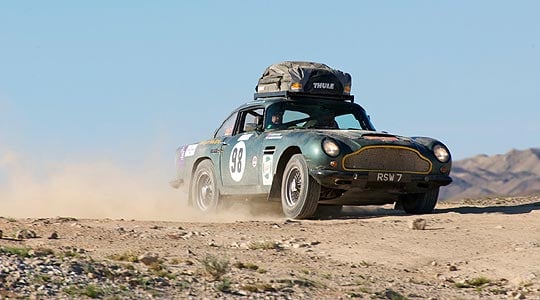
Good luck, that is, combined with the fact that the R.S. Williams-prepared DB5 proved so reliable. “Our only real problems were suspension-related, and that’s hardly surprising. At one point the DB5 seemed to be eating a pair of rear shocks every couple of days – and we had to have more flown out. The only other mechanical problem was in Iran, when we were driving in stop-start traffic, in extreme heat. The clutch release bearing failed and some local young mechanics towed us to a little workshop where the gearbox came out, a bearing was fitted, and we were back on the road in less than three hours. It was our great fortune that there was no rally timing this day, either, so we lost nothing – luck was again on our side.”
As with so many competitors who finish long-distance rallies, the best memory Andrew takes away with him is the camaraderie ‘forged in adversity’ that such an adventure engenders. “We all know that a rally is not real hardship, not compared with what else is going on in the world, but nonetheless it’s challenging enough to feel that the friendships made on the rally will last forever.”
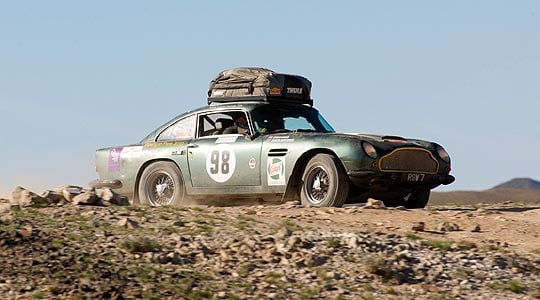
And how important was it not only to finish, but to finish in a spectacular third place? “Initially, I think we just hoped to get round but, as time went on, we realised we were doing quite well, and that’s when the tension started to build. Suddenly, after more than a month, we were just 48 hours away from the finish and running in third place. That led to a massive attack of nerves, on my part at least. We spent the last night at Troyes, some 220km from the finish, and throughout the final day I heard noises and rattles from the car that I was convinced might be serious… even as we pulled onto the winners’ rostrum, I heard a creak from the steering that I swear I’d never heard before. But Adrian just laughed and told me to relax. Anyway, we made it.”
For more information on the Peking to Paris rally, organised by the Endurance Rally Association, including the exact route followed, see www.pekingparis.com
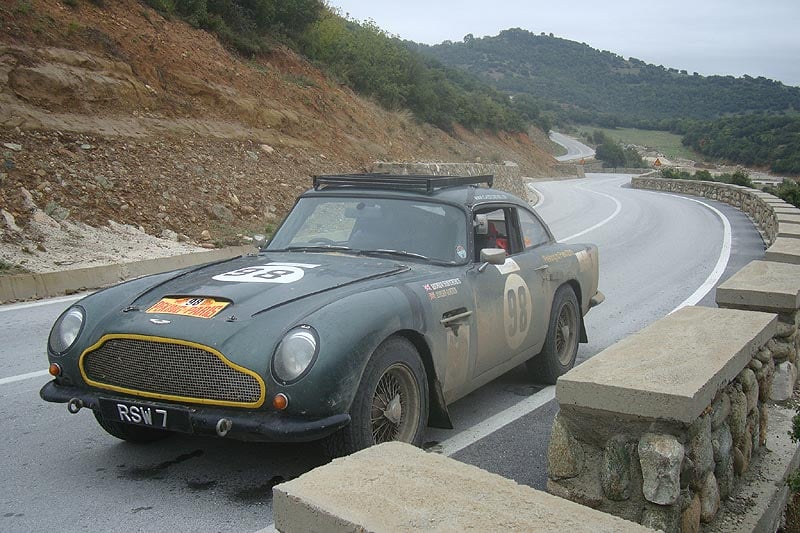
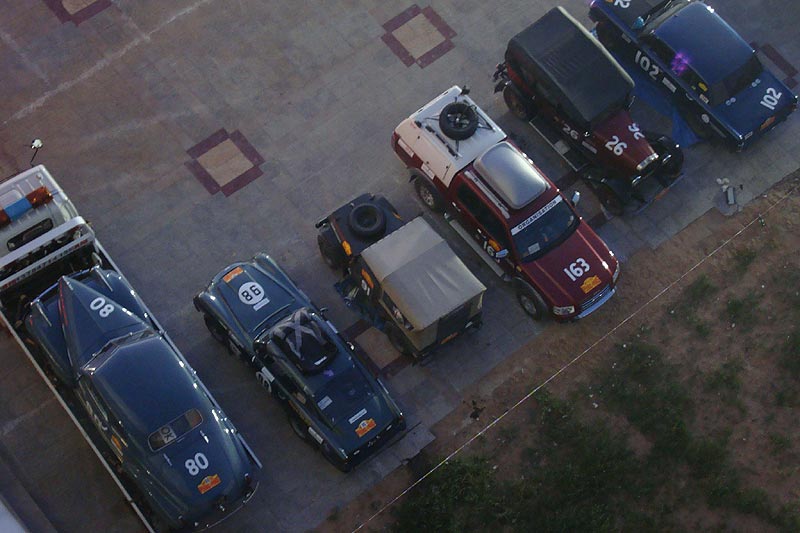
Text: Charis Whitcombe
Photos: Andrew Honychurch / The organisers
ClassicInside - The Classic Driver Newsletter
Free Subscription!
